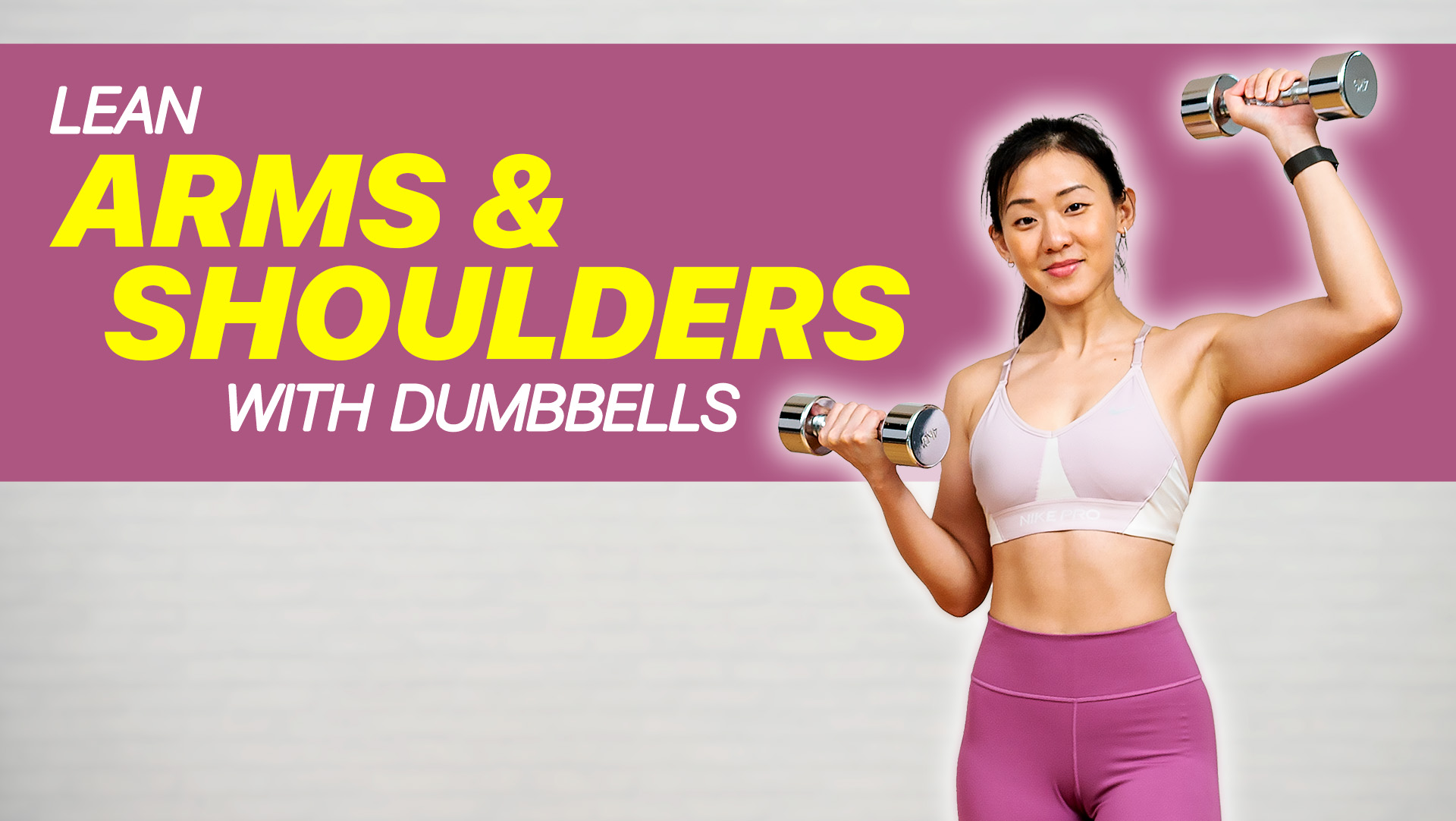I know most of your are currently on weight loss journey and what you want to see is that you are losing weight and that the number on your scale is dropping. So you are doing everything right, you are working out, you are eating the right meal plan but at the same time your are not losing weight according to your scale. That can be very frustrating!
What I am going to share with you today is other accurate ways to measure your weight loss progress because the scale is not the accurate way to measure your weight loss progress. The scale weighs everything includes your body fat, your muscle and water content in your body. When we start working out, our body tends to put on muscle as we lose fat. Therefore, we might not see changes on the scale but the fact is that we are losing fat and we will be losing weight eventually.
So I am going to share with you 2 ways to measure your weight loss progress.
Measuring Change
1) Measuring Tape
This is as simple as breaking out the old measuring tape and measuring your bust, waist, hips, upper arm, thigh, calf, and ankle. These are the areas where the body tends to store fat. You'll probably see more encouraging changes in these measurements as you progress in your program than you will by standing on a scale.
Areas to Measure:
Bust: Measure around the chest right at the nipple line, but don't pull the tape too tight.
Chest: Measure just under your bust
Waist: Measure a half-inch above your belly button or at the smallest part of your waist
Abs: measured at the level of your belly button
Hips: Place tape measure around the biggest part of your hips
Thighs: Measure around the biggest part of each thigh
Calves: Measure around the largest part of each calf
Upper arm: Measure around the largest part of each arm above the elbow
**Measure under the same conditions each time, such as wearing the same clothes (or none at all).
**Measure yourself in front of a mirror to make sure the tape is positioned correctly. If possible, have someone else do the measuring for you.
One really important measurement is the hip-to-waist ratio, taken by dividing your hip measurement into your waist measurement. Studies have shown that people with a higher percentage of fat in their waists than their hips are at a higher risk for developing heart disease, diabetes and strokes.
2) How does your clothes fit you?
According to fitness expert and columnist Carol Krucoff, "Your clothes don't lie!" Krucoff, an A.C.E. certified fitness instructor and author of the book Healing Moves, believes the best indicators for weight loss can be found right in your own closet. The "clothes test" is her personal choice for monitoring her weight. "I have a pair of old jeans from high school that I periodically try on," she says. When the jeans feel a little snug in places they didn't before, she knows that it's time to put in a little extra time at the yoga studio. The satisfaction of seeing your clothes become less snug, or shopping for smaller sizes, is far more rewarding than any number on a scale.
3) Visual – before and after picture
It's as simple as it sounds. Take off all your clothes, stand in front of the mirror, jump up and down, see what jiggles. You might feel a little silly doing this, but the idea is to encourage familiarity with your body. As the weight comes off, you'll see less jiggling in those places that shouldn't. The point is not to fixate on what you don't like (namely the fat), and to focus on the positive changes in your body (more muscle tone and definition). Krucoff believes it is "important for people to look in the mirror and see what's right, [to] see the strong points and work away from only seeing the negative."
4) Stamina and strength
How do you feel? Chances are, if you've taken off weight and added muscle, you'll have more energy for your daily activities. And you'll definitely notice changes at the gym, where you'll have more stamina and strength. If you've added another step in step class, can lift progressively more weight for more reps, or have doubled your walking mileage, take it as proof positive that you're making progress.
5) Compliments from family and friends
It's easy to lose objectivity around your weight loss, especially when looking at yourself every day. But compliments are proof that people around you notice how different you look in your clothes and that you have more pep in your step.
Muscle to Fat Ratio
Body Fat
Bio-Electrical Impedance Analysis (BIA). This is the next best means for measuring fat after hydrostatic weighing. In this procedure, a low-level electrical current is run through the body. Water is a conductor of electricity and the more water in the body, the quicker the current will travel through. Since muscle is composed mostly of water, this reading gives a fairly accurate measure of fat-to-muscle ratio.
The best place to have this test taken is in a doctor's office. You can also get this done at your local gym by a personal trainer. However, the accuracy of this test can be affected by the skills of the person giving it, and by the amount of water retained by the body, which can fluctuate monthly for women, or even throughout the day.
Caliper
Caliper Pinch Test. This is also known as the skin-fold pinch test, and it involves using a caliper to measure body fat by pinching the skin at various areas on the body. People store fat in different places, so multiple pinches are needed to get an accurate reading.
Hydrostatic Weighing
Of all the techniques, this is the most scientific, the most accurate, and the most expensive. Under supervision of an expert, you expel all the air from your lungs and submerge yourself in a tank of water. Because fat is more buoyant than muscle tissue, the weight that is recorded during this process is of the denser body tissue. Your "wet" weight is then compared to your "dry" weight to determine what percentage of the overall weight is fat.
Remember, don't measure yourself everyday or every week but measure yourself monthly. Weigh yourself once a month instead of daily or weekly to give your body time to respond to your weight loss program. The scale won't reflect small changes happening in your body composition. In that way, you will see difference and it will keep you motivated. There is not shortcut, don't be disappointed if the scale isn't moving because you might be putting on muscle. You need muscle in order to burn fat. The more muscle you have, the quicker your body burn fat.



